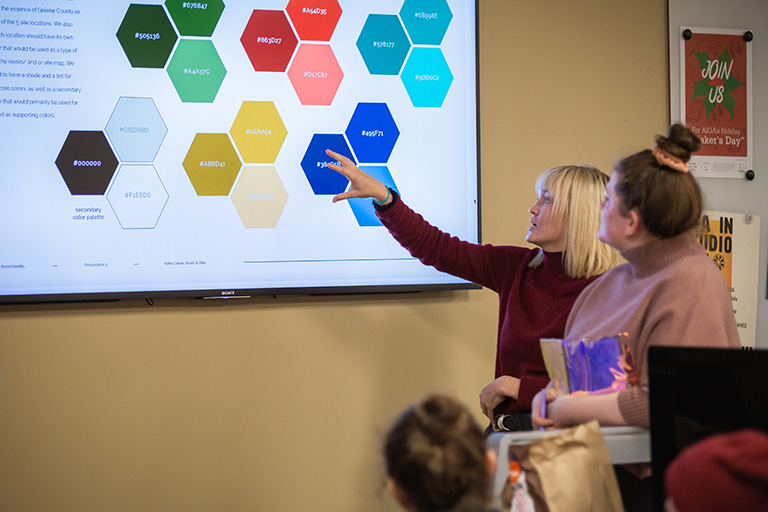Regional collaboration can yield big payoffs, but requires a thoughtful approach. Take these six steps toward stronger collaborations.
Regional collaboration is notoriously difficult.
After all, “the region is nobody’s community.” 1
And yet, despite this fact, many community leaders are realizing that they will not unlock their community’s potential unless the conditions in the region around them also improve.
As a university center uninhibited by local political boundaries, the Center for Rural Engagement sows seeds for regional collaboration by hosting regional events like the IU Rural Conference2, launching initiatives that impact multiple counties, and connecting community members who are working on similar issues in different places. We also work closely with several organizations with a regional and statewide focus. This has given us a unique vantage point from which to distill lessons about successful regional collaboration. These are the six lessons I’ve learned about successful regional collaboration.
1 | Cooperation is the first step
Trust is fundamental to any collaboration and is often more difficult to build when community leaders lack a clear mandate to work outside their traditional territory and may be inhibited by historical rivalries. Psychology research has found that frequent interactions between people create goodwill and lead to higher levels of trust. Strategic Doing3, a popular collaboration discipline developed at Purdue University and implemented by the Center for Rural Engagement, is built around the idea of starting by launching small, achievable projects as a means for building trust.



